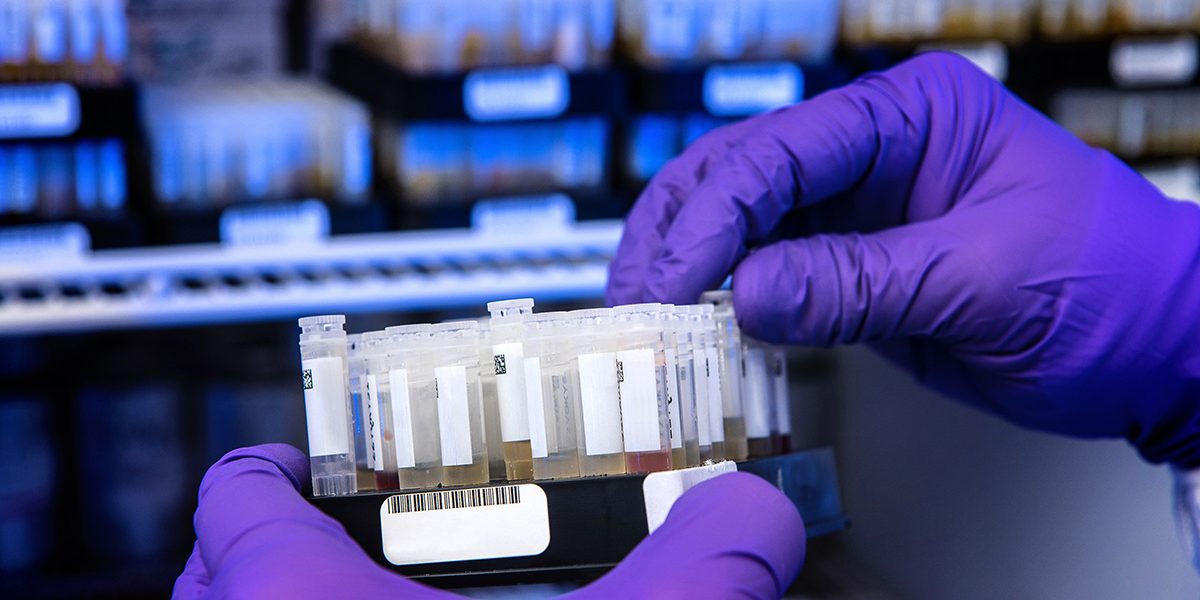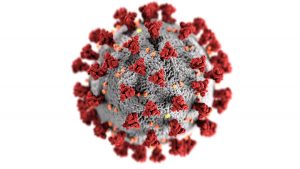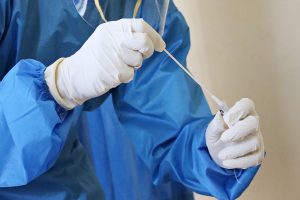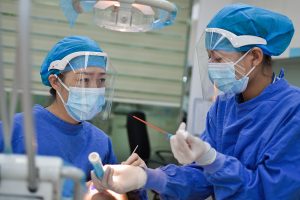On Friday, March 12, 2021, OSHA released a new National Emphasis Program (NEP) for COVID-19 to be effective immediately and enforceable by March 26, 2021. State plans have until May 12, 2021 to adopt or create their own NEP. Fed OSHA will review the NEP on 9/12/2021 for effectiveness. This new NEP is set to expire one year after effective date. This does not necessarily take the place of a possible Emergency Temporary Standard (ETS).
Per the memo, “This Direction describes a federal program change that establishes an NEP to identify and reduce or eliminate exposures to SARS-CoV-2 (the virus), the cause of COVID-19, through inspection targeting, outreach, and compliance assistance.”
The goal of this NEP is that each region will have 5% of all inspections be COVID-related in each region. Selection for inspection will be based on establishments listed in appendices A & B of the NEP and OSHA 300A for calendar year 2020.
Primary target list is in appendix A and is predominantly healthcare related NAICS codes “Based on current OSHA enforcement data showing higher COVID-related complaints, referrals, and severe incident reports at healthcare worksites”. This would include employers that engage in retaliation against employees who lodged a COVID-related complaint (internal or external). Local State plans have the discretion to add establishments to the list as appropriate and there are criteria for deletion from the list to include VPP sites.
What happens during a targeted inspection before the walk around:
- OSHA Log for 2020 and 2021 for COVID specific lost time, hospitalization, and fatalities.
- COVID response plan and associated safety programs such as, but not limited to: Injury & Illness Reporting, respiratory protection, hazard assessment, PPE program, sanitation, signage, access to exposure and medical records.
- Determine presence of isolation rooms, air pressure monitoring systems and periodic testing procedures for the same, assignment procedures and employee access limitations to those rooms.
- Review patient transfer process due to lack of isolation rooms and acceptance process for patients coming from other facilities.
- Establish number and location of confirmed or suspected COVID patients both at the time of inspection and the pattern of placement in the preceding 30 days.
- Review of laboratory procedures for handling specimens & decontamination.
- Determine and document establishment of hierarchy of hazard controls for worker protection from COVID.
What happens during a targeted inspection during the walk around:
- Employee interviews regarding implementation of COVID response plan.
- If any other health hazards are observed, they shall be appropriately addressed and/or referred for later inspection to include bloodborne pathogen, workplace violence, slip, trip, falls, ergonomics (patient handling), heat stress and TB.
- Inspectors are not allowed in patient rooms, high hazard procedure rooms or to photograph patients.
If you have multiple establishments and have findings at one establishment, you will be required to submit a letter to the other establishments detailing any findings from other establishments.








